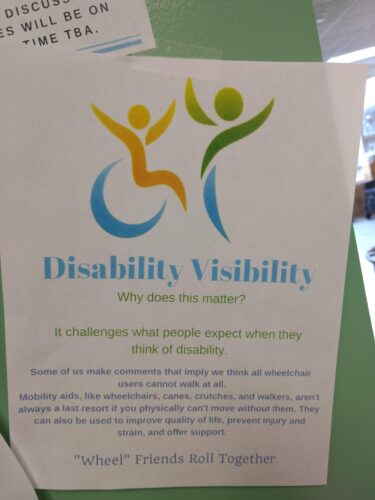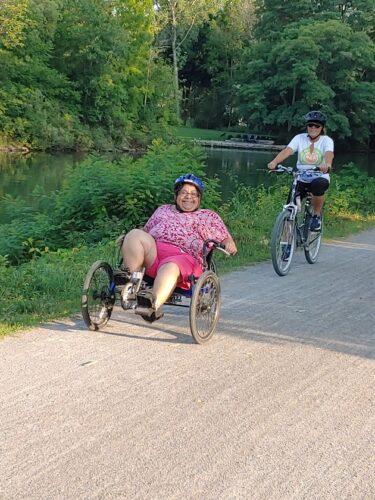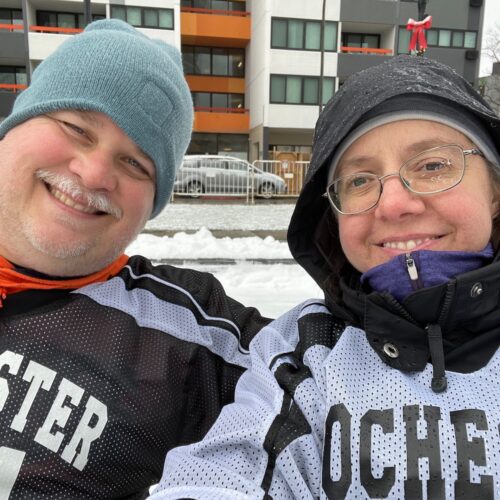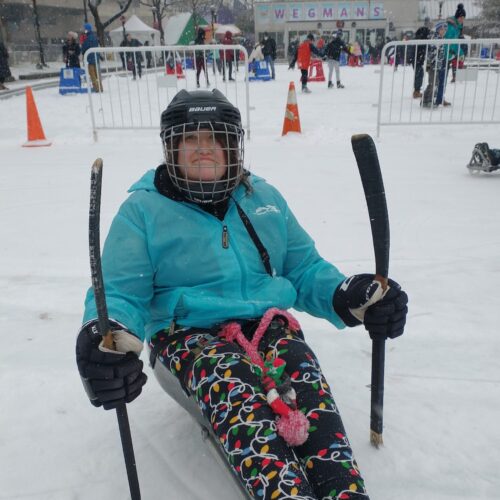Don't miss our upcoming events! Info here!
Adlai E. Stevenson School #29
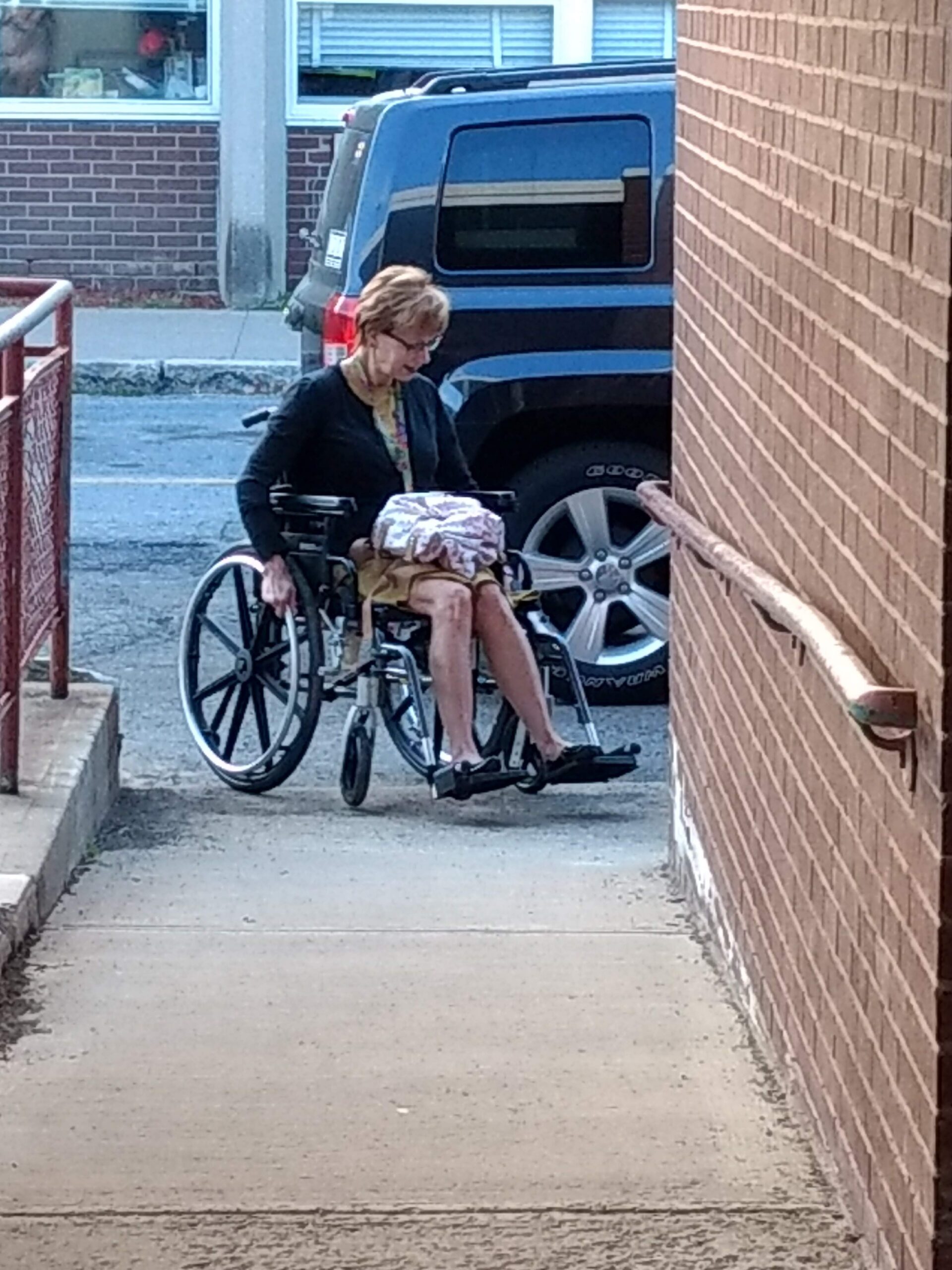
Challenge:
When RAA was first developing our inclusion model of services, a community member made a challenge: Schools should really be doing inclusion. Why don’t you work with schools?
What would an inclusive school look like? Without diving deeply into curriculum changes, would it be possible for a school to create a CULTURE of inclusion that pervades everything they do?
What could this look like for a school like School #29? At the time, School #29 had about equal numbers of students with disabilities and students without disabilities, with about 150 of each. And the environment was one predominantly of separation: Students with disabilities literally at one part of the building and students without disabilities at another part. Some of this separation was the result of how the building had been built for providing specialized services. And over time, school activities had become separated, too. So what could staff and students do to create a welcoming culture within that structure?
Solution:
RAA’s Inclusion Partnership with School #29 hit the ground in full speed. Their core Inclusion team formed, with close to 20 members, each strategically invited because of their role in the school: Teachers who predominantly worked with Gen Ed students, those that teach students with disabilities, physical therapists, PE and adapted PE teachers, administrators, and more. This cross-section of the school would end up completing hours of training which they used to guide their next steps. Frequent meetings with RAA’s Inclusion Specialist enabled them to develop and keep their strategic action plan in front of them.
They tackled their own internal systems of operation, viewing them now through a lens of inclusion. They questioned ‘the way things have been done’ and found solutions to situations where students were separated due to a disability diagnosis.
Over the course of the school year, the team began to view their daily spaces and interactions in a new way, and worked to share this new vision across their school.
They found ways to “cross the divide” caused by the structural building:
- Examined many ways students could be socially engaged within the school day and began strategically arranging for meaningful engagement of students with and without disabilities where they could learn each other’s names, play together, and have shared experiences to build actual relationships.
- Began reviewing onboarding processes that could instill into every school staff person the knowledge and expectation for inclusive practices that promote an inclusive culture.
- Physical therapists schemed with teachers to ensure each child had true choice of participation – from planning for help to be in place if a child in a wheelchair wants to join their peers on the floor for reading circle, or providing input for best ways to support a child at the school dance.
- Recess and field trips were reevaluated from a lens of inclusion, often addressing other ‘systems’ at play that had been preventing inclusive participation., such as transportation, assumptions of interest/ability, and staffing schedules.
The first year of the partnership culminated in an Awareness Week designed and implemented by the Inclusion Team. The team wanted to do something to introduce the entire school to Inclusion. With their “Wheel” Friends Roll Together campaign, they filled the school with information flyers, encouraged conversations in classrooms, and hosted a “Day in a Wheelchair” event for teachers and staff to volunteer to spend a day in a wheelchair, from the parking lot and back. On several other days, RAA brought in sports wheelchairs and helped PE staff organize inclusive activities for each grade. A whole-school event created an open space for students and teachers to talk about what they had experienced during the week, how they were impacted by it, and what changes they would like to see in their school moving forward. Their principal found himself pitted against Rochester Wheels’ Xavier Major, a longtime wheelchair basketball athlete and coach, in a friendly game of 1-on-1 basketball, with the students and staff cheering them on.
Importantly, feedback from all of these efforts was compiled by the Inclusion Team and added to their Action Plan for consideration. Because now they understood that Inclusion is not an event. Inclusion is a process that does not have an end date.
